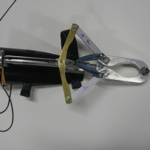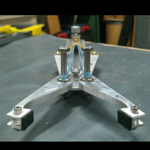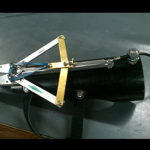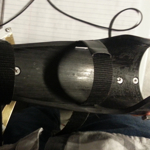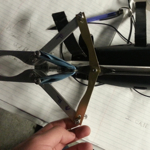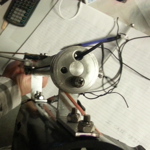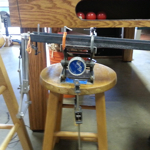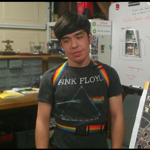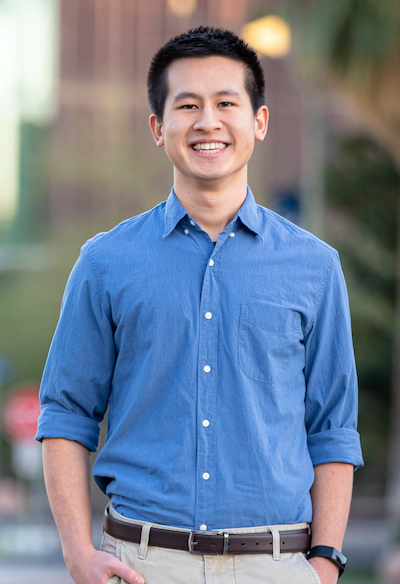
Henry Quach
Mechanical EngineerProsthetic Hand
This is a high school engineering project in which we designed, built, and optimized a prosthetic arm. Our device is configured to efficiently perform three basic tasks: accurately toss three projectiles, relocate various objects, and rotate a tool around an axis. We optimized our prosthesis’s accuracy by considering projectile motion and energy principles. Objects were able to be transported more efficiently through the development of an asymmetric, yet versatile grip. A maximum angular velocity in rotating various wrenches was achieved with the use of an adjoined pulley. The 2012-2013 MESA Prosthetic Arm Challenge involves the demonstrated use of a prosthetic device that could be used as a trans-radial substitution. The device required ergonomic consideration in regards to cost and weight efficiency. The prosthetic device was designed to attach halfway below the elbow and wrist and extend beyond the hand. The hand mechanism of the device must be able to grasp items with its ‘fingers’ and perform defined tasks We designed our prosthetic device out of materials such as aluminum and plastic that are lightweight, strong, easy to machine, and inexpensive. We were forced to be conscientious, but flexible and adaptive despite costs at all times during our device design and construction.

Timeline: June 2012-January 2013
Team Members: Sam Gregory, Henry Quach, Severin Zaluzec
Advisors: Hon Costello
Key Words: Biomedical Engineering







